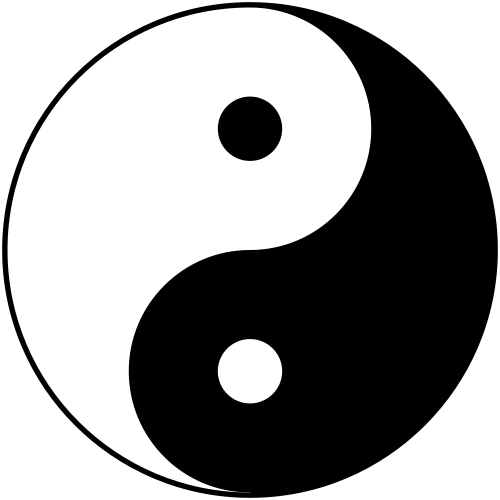
Delving into Yin: An In-depth Exploration of Chinese Medicine and the Elegance of Tai Chi
China’s legacy in the spheres of philosophy and holistic medicine is a treasure trove of wisdom that has been honed and refined over centuries. Central to this legacy is the concept of yin, a fundamental principle that embodies calmness, introspection, and equilibrium. As holistic wellness becomes increasingly prominent in global dialogues, the significance of yin and its interplay with Tai Chi emerges as a topic of profound importance. Embark with us on this immersive journey into yin, unraveling its nuances and illuminating its pivotal role in Tai Chi.
Yin: The Essence of Chinese Philosophy and Healing Practices
From ancient scriptures to modern therapeutic modalities, China’s intellectual and medicinal traditions have consistently celebrated the doctrine of yin and yang. Yin, with its serene and introspective characteristics, contrasts beautifully with yang’s vitality and dynamism. These dualities permeate every facet of existence, creating a harmonious balance that underscores the universe’s very fabric.
Chinese Medicine and the Integral Role of Yin
Traditional Chinese Medicine (TCM) espouses a holistic view of health, asserting that true wellness arises when body, mind, and spirit are in harmony. Yin and yang are integral components of this intricate mosaic.
The Balancing Act of Yin and Yang in Health
Within the TCM framework, an individual’s well-being is intrinsically linked to the harmony of yin and yang energies. When synchronized, they foster optimal health. However, a disruption in this equilibrium can manifest as illness or discomfort. TCM practitioners employ diverse modalities, from acupuncture to herbal formulations, aiming to restore this balance and facilitate the uninhibited flow of life force, often referred to as “Qi”.
Yin: The Silent Sustainer in Our Physiological Framework
While yang often garners attention due to its palpable energy, yin operates in the background, nurturing and sustaining. It acts as the quiet force ensuring our bodily tissues remain healthy and vital. Beyond mere nutrition or hydration, yin represents the body’s inherent capability to maintain its structures, ensuring that it operates with harmony and resilience.
The Dance of Yin in Tai Chi
Tai Chi, described as the poetry of motion, seamlessly integrates yin and yang principles in every gesture and stance. The discipline’s graceful movements mirror yin’s tranquil and receptive nature. As practitioners weave through sequences, they channel yin energy, making their dance appear effortlessly fluid and harmonious.
The Interplay of Yin and Yang in Tai Chi Mastery
While our focus remains on yin, Tai Chi exemplifies how yin and yang coexist in perfect unity. Each motion, breath, and intent harmonizes these energies, culminating in a dance of equilibrium. This unity magnifies the profound therapeutic and spiritual benefits of Tai Chi.
Yin: A Timeless Beacon in a Fast-paced World
In our rapidly evolving world, yin offers a refreshing, grounding perspective on well-being, balance, and introspection. Whether you’re exploring Chinese Medicine or immersing yourself in Tai Chi, embracing yin paves the path for deepened self-awareness and tranquility.


Leave a Reply